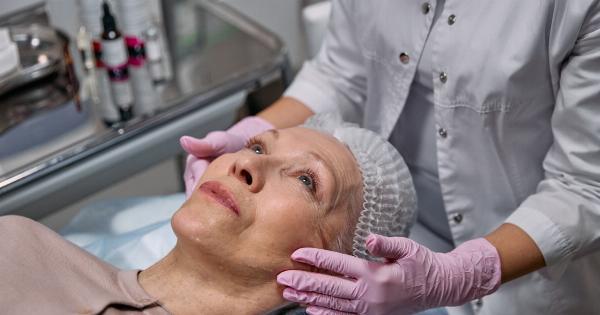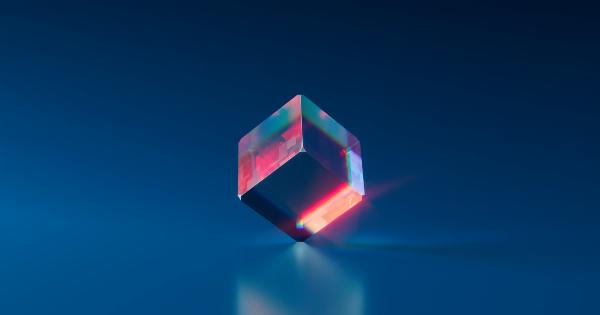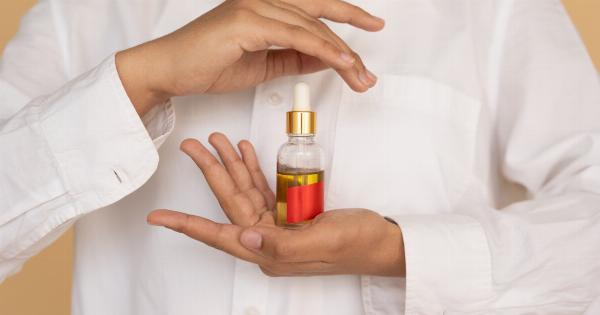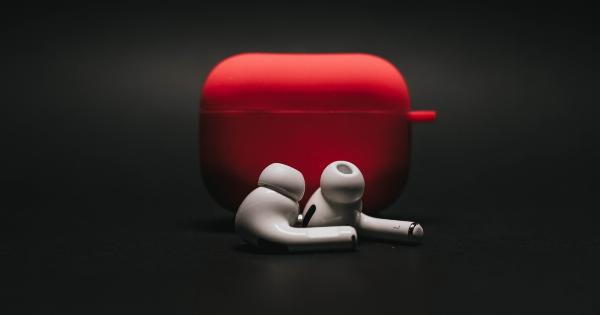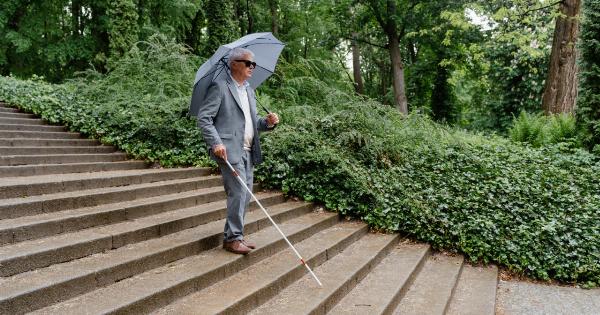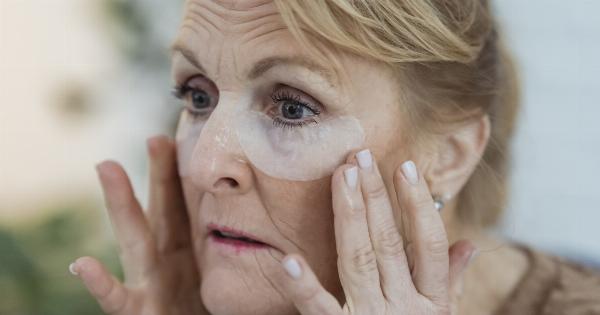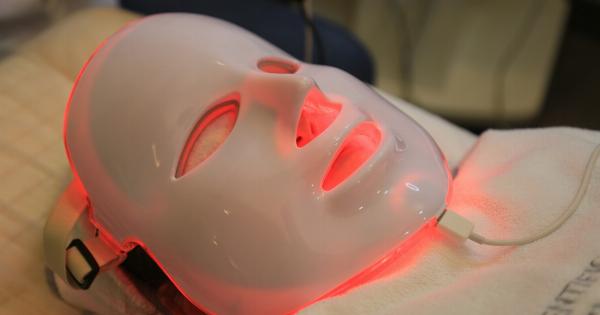As we age, our skin loses volume and elasticity, which can lead to a sunken and saggy appearance. This can be particularly noticeable in the face, where volume loss can result in fine lines and wrinkles, hollow cheeks, and drooping skin.
Fortunately, there are several effective treatments available to help restore volume and rejuvenate mature skin.
Dermal Fillers
Dermal fillers are a popular and non-surgical way to restore volume to the face. They work by injecting a gel-like substance, such as hyaluronic acid, under the skin to plump it up and smooth out wrinkles and lines.
The results can last from several months to a year or more, depending on the type of filler used.
There are a variety of fillers available, each with its own unique properties and benefits. Some popular types include:.
Juvederm
Juvederm is a hyaluronic acid filler that is commonly used to treat lines and wrinkles around the mouth and nose. It can also be used to add volume to the cheeks and temples.
Restylane
Restylane is a hyaluronic acid filler that is often used to treat fine lines and wrinkles on the forehead and around the eyes. It can also be used to add volume to the lips.
Radiesse
Radiesse is a calcium hydroxylapatite filler that is typically used to treat deeper wrinkles and folds, such as those around the mouth and nose. It can also be used to add volume to the cheeks and chin.
Dermal fillers are considered safe, and side effects are usually mild and temporary, such as swelling, bruising, and redness at the injection site.
However, it is important to choose an experienced and qualified injector to ensure the best results and minimize the risk of complications.
Fat Transfer
Fat transfer, or fat grafting, is another option for restoring volume to the face. This involves removing fat from one part of the body, such as the thighs or abdomen, and injecting it into areas of the face that have lost volume.
One of the benefits of fat transfer is that it uses the patient’s own natural fat cells, which can provide more natural-looking and longer-lasting results compared to fillers.
However, not all of the fat cells will survive the transfer process, which may require additional treatments to achieve the desired results.
Thread Lift
A thread lift is a minimally invasive procedure that uses dissolvable sutures to lift and tighten sagging skin.
The threads contain tiny barbs or cones that help anchor them in place and stimulate collagen production, which can improve the skin’s texture and tone.
Thread lifts are often used to address mild to moderate sagging in the mid-face and jowls, and the results can last from 1-2 years.
Radiofrequency Skin Tightening
Radiofrequency skin tightening is a non-invasive procedure that uses radiofrequency energy to heat the skin and stimulate collagen production, which can tighten and firm sagging skin.
The treatment is typically painless and requires no downtime, and the results can last for several months. However, multiple treatments may be necessary to achieve the desired results.
Laser Resurfacing
Laser resurfacing is a cosmetic procedure that uses high-intensity light to remove the outer layer of skin, which can improve skin texture and reduce the appearance of fine lines and wrinkles.
There are two types of laser resurfacing: ablative and non-ablative.
Ablative lasers remove the outer layer of skin and can be used to treat more severe signs of aging, while non-ablative lasers penetrate the skin without damaging the outer layer and are often used to address milder signs of aging.
Microdermabrasion
Microdermabrasion is a non-invasive procedure that uses a diamond-tipped wand to gently exfoliate the outer layer of skin, which can improve skin texture and reduce the appearance of fine lines and wrinkles.
The treatment is typically painless and requires no downtime, but multiple treatments may be necessary to achieve the desired results.
Chemical Peel
Chemical peels involve applying a chemical solution to the skin to remove the outer layer, which can improve skin texture and reduce the appearance of fine lines and wrinkles.
There are several types of chemical peels available, including superficial, medium, and deep peels. Superficial peels are the mildest and can be done in-office with no downtime, while deep peels require anesthesia and can take several weeks to heal.
Conclusion
If you’re looking to revitalize mature skin and treat volume loss in the face, there are a variety of effective treatments available. Talk to your healthcare provider to determine which option is best suited for your specific needs and goals.

